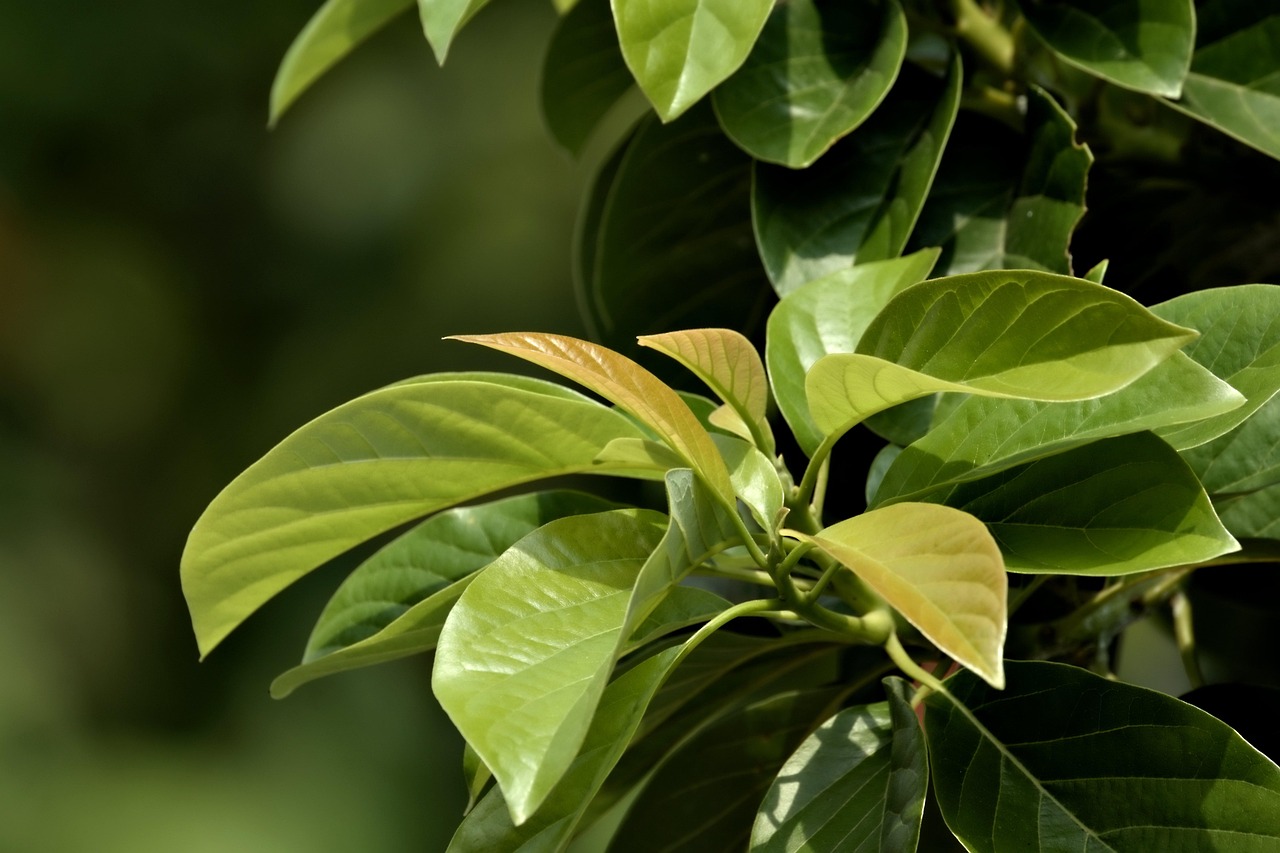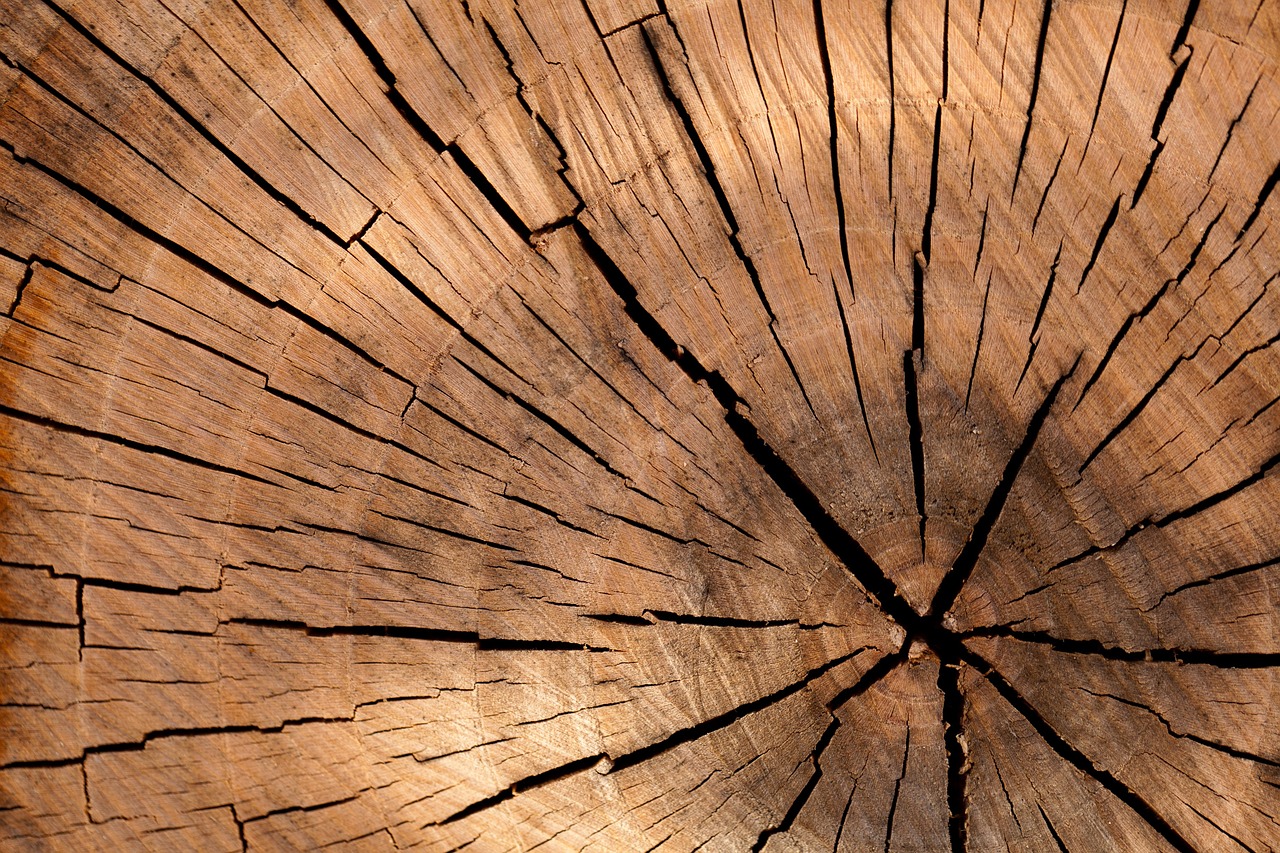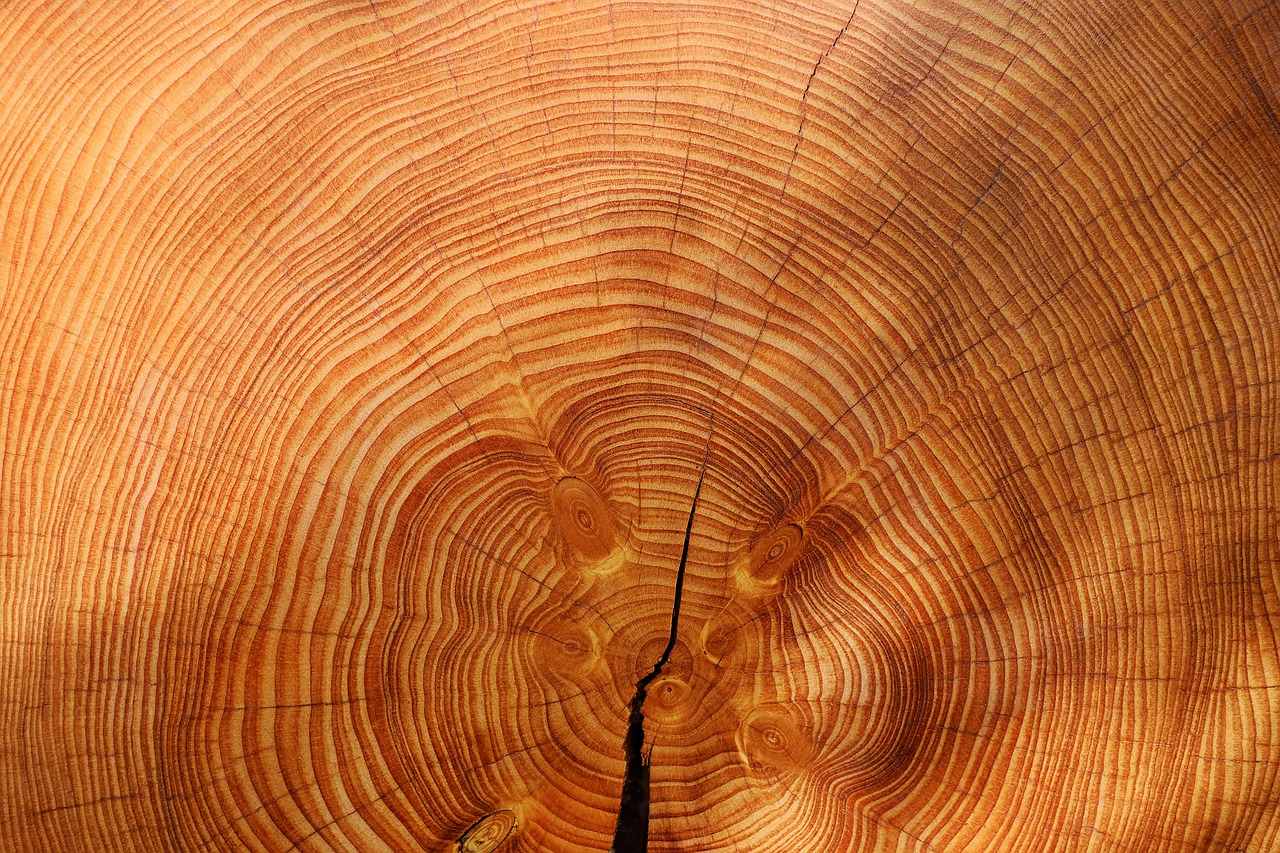Maine’s tree growth rates in 2024 are influenced by various regional species, climate conditions, and soil types. Understanding these factors is essential for forestry management and environmental conservation efforts in the state.
Maine is home to a diverse range of tree species, each exhibiting unique growth patterns. The state’s varying climates and ecosystems significantly affect how trees grow throughout different regions. In 2024, researchers and forestry experts are focusing on these dynamics to better understand tree health and productivity.

Tree growth rates are essential for various industries, including timber production, wildlife habitat maintenance, and carbon sequestration. As the climate continues to change, understanding how tree species respond to these shifts is crucial for sustainable forest management. Additionally, local forestry practices are adapting to enhance growth potential and resilience against pests and diseases.
Factors Influencing Tree Growth Rates
Several factors contribute to the growth rates of trees in Maine. These include:
- Soil Quality: The nutrient content and drainage capacity of the soil can significantly impact tree growth. Fertile soils typically support faster growth rates.
- Climate: Temperature, precipitation, and seasonal variations play a critical role in determining how well trees grow.
- Species Characteristics: Different species have varying growth habits, resilience to environmental changes, and adaptations to local conditions.
- Pests and Diseases: The presence of pests and diseases can hinder growth and overall tree health.
In Maine, common tree species include Eastern White Pine, Red Maple, and Northern Red Oak. Each species reacts differently to the aforementioned factors, leading to distinct growth patterns across the state.

Regional Insights on Growth Rates
Maine is divided into several ecological regions, each with its unique tree growth rates. Understanding these regional differences helps in managing forests effectively. Below is a summary of average growth rates for key species across different regions:
| Region | Species | Average Growth Rate (inches/year) |
|---|---|---|
| Coastal Region | Eastern White Pine | 12-24 |
| Central Maine | Red Maple | 10-20 |
| Western Mountains | Northern Red Oak | 8-15 |
| Aroostook County | Balsam Fir | 6-12 |
As seen in the table, the Coastal Region tends to have the highest growth rates due to favorable soil conditions and climate factors. In contrast, areas like Aroostook County experience slower growth rates primarily due to harsher climatic conditions.
The understanding of tree growth rates is vital for sustainable forestry practices. By monitoring these rates, forest managers can make informed decisions regarding harvesting, replanting, and conservation efforts. Additionally, this data helps in predicting how forests will respond to climate change over time.

Research institutions and local universities are actively studying these growth rates. They aim to provide valuable insights that can assist landowners and managers in making decisions that promote healthy forests and ecosystems. Their findings will contribute to a more resilient landscape in Maine as environmental conditions continue to evolve.
Key Tree Species in Maine
Maine’s forests are primarily composed of a variety of tree species, each with distinct characteristics and growth patterns. Understanding these species is essential for managing forest resources effectively. Below are some of the most prominent tree species found in Maine.
Eastern White Pine
Eastern White Pine is one of the most significant timber species in Maine. Known for its tall stature and straight trunk, this species can grow rapidly under optimal conditions. It thrives in well-drained, sandy soils and is often found in mixed forests.
- Growth Rate: 12-24 inches per year
- Height: Can reach up to 150 feet
- Uses: Commonly used for construction, furniture, and paper products
Red Maple
Red Maple is highly adaptable and can thrive in a variety of soil types. It is one of the most common trees in Maine’s forests. This species is known for its vibrant red foliage in the fall, making it popular for ornamental planting as well.

- Growth Rate: 10-20 inches per year
- Height: Typically grows to about 60-100 feet
- Uses: Valued for its wood and as a shade tree in landscaping
Northern Red Oak
Northern Red Oak is recognized for its strength and durability. This species prefers well-drained soils and is commonly found in the southern and central parts of Maine. Its acorns are an important food source for wildlife.
- Growth Rate: 8-15 inches per year
- Height: Can grow up to 80 feet tall
- Uses: Widely used in furniture making and flooring
Balsam Fir
Balsam Fir is a key species in Maine’s northern forests. It is well adapted to cold climates and is often associated with mountainous regions. This tree is also popular as a Christmas tree due to its fragrant needles.
- Growth Rate: 6-12 inches per year
- Height: Typically reaches between 40-70 feet
- Uses: Used for timber and ornamental purposes
The Impact of Climate on Growth Rates
The growth rates of these tree species are significantly affected by climatic conditions. As Maine experiences various weather patterns, understanding how these changes influence growth is crucial for forestry management.
Temperature Changes
Maine’s climate has been warming over the past few decades. Increased temperatures can lead to faster growth rates during the growing season. However, excessive heat can stress trees and hinder growth.
Precipitation Patterns
Changes in precipitation also play a vital role in tree growth. Adequate rainfall is essential for optimal growth, while drought conditions can severely impact tree health and productivity.
Pests and Diseases Affecting Growth Rates
Pests and diseases pose a significant threat to tree growth across Maine. Understanding their impact can help forest managers implement effective control measures. Some notable pests include:
- Bark Beetles: These insects attack the bark of trees, weakening them and leading to reduced growth rates.
- Gypsy Moth: Known for defoliating trees, this pest can drastically impact tree health, especially in young saplings.
- Emerald Ash Borer: A serious threat to ash trees, it has led to significant mortality rates among affected species.
Diseases such as root rot and fungal infections can also hinder growth. Regular monitoring and appropriate management practices are essential to mitigate these threats.
Sustainable Forestry Practices in Maine
Sustainable forestry practices are vital for maintaining healthy forests and promoting tree growth in Maine. These practices aim to balance ecological health with economic needs by managing resources responsibly.
- Selective Harvesting: This method involves removing only certain trees, allowing others to continue growing without interruption.
- Reforestation: Planting new trees after harvesting ensures that forest cover is maintained.
- Pest Management: Integrated pest management strategies help control pests while minimizing damage to beneficial organisms.
By adopting these sustainable practices, Maine can ensure that its forests remain resilient and productive for generations to come.
Monitoring Tree Growth and Health
Effective monitoring of tree growth and health is essential for sustainable forestry. Regular assessments help identify trends, potential problems, and opportunities for improvement. Various methods are employed to gather data on tree growth rates, health, and environmental conditions.
Growth Measurement Techniques
Several techniques are used to measure tree growth accurately:
- Diameter at Breast Height (DBH): This standard measurement is taken at 4.5 feet above the ground. It provides a consistent way to track growth over time.
- Height Measurement: Measuring the height of trees helps in assessing overall growth and can indicate health status.
- Increment Borers: These tools allow for extracting a core sample from the tree, which can then be analyzed to determine growth rings, providing historical data on growth rates.
Remote Sensing Technologies
Advancements in technology have introduced remote sensing as a valuable tool for monitoring forests. This includes:
- Satellite Imagery: High-resolution images can assess forest cover changes and health over large areas.
- Drones: Unmanned aerial vehicles can capture detailed images and data about tree canopies, allowing for precise evaluations of forest conditions.
- Lidar Technology: Light Detection and Ranging (Lidar) can produce detailed 3D maps of forest structures, aiding in understanding forest density and biomass.
The Role of Community Engagement in Forestry
Community involvement is crucial in the management and conservation of Maine’s forests. Engaging local residents and stakeholders fosters a sense of responsibility and stewardship toward natural resources.
Educational Programs
Educational initiatives play a significant role in increasing awareness about sustainable forestry practices. Programs can include:
- Workshops: Hands-on workshops help teach proper tree planting, care, and maintenance techniques.
- School Programs: Collaborations with local schools can instill early appreciation for forestry and environmental conservation in students.
- Volunteer Programs: Opportunities for community members to participate in reforestation projects or invasive species removal promote active involvement.
Partnerships with Local Organizations
Collaboration with local organizations enhances the effectiveness of forestry programs. These partnerships can include:
- Nonprofits: Working with environmental nonprofits can provide resources and expertise in conservation efforts.
- Government Agencies: Collaboration with state and federal forestry departments ensures that practices align with regulations and policies.
- Research Institutions: Partnerships with universities can facilitate research projects focused on tree health, growth rates, and climate impacts.
Climate Change Impact on Maine’s Forests
Climate change poses significant challenges to tree growth and forest health in Maine. Understanding these impacts is essential for developing adaptive management strategies.
Altered Growth Patterns
As temperatures rise, tree species may respond by adjusting their growth patterns. Some potential effects include:
- Extended Growing Seasons: Warmer temperatures may lead to longer growing seasons, allowing for increased growth rates in some species.
- Drought Stress: Conversely, periods of drought can limit water availability, negatively affecting tree health and growth.
- Changing Species Composition: As conditions shift, certain species may thrive while others decline, altering the composition of Maine’s forests over time.
Pest and Disease Proliferation
A changing climate can also exacerbate pest and disease problems. Warmer temperatures may allow pests to thrive and expand their ranges, posing additional risks to tree health.
The increased frequency of extreme weather events, such as storms or heavy snowfall, can cause physical damage to trees, making them more vulnerable to pests and diseases. This interconnectedness highlights the need for adaptive management strategies that consider both climate impacts and forest dynamics.
The Future of Maine’s Forests
The future of Maine’s forests depends on informed decisions made today. By embracing sustainable forestry practices, monitoring tree health, engaging communities, and adapting to climate change, Maine can work towards resilient forests that benefit both the environment and the economy for years to come.
Challenges and Opportunities for Maine’s Forestry Sector
Maine’s forestry sector faces numerous challenges as it navigates the impacts of climate change, economic shifts, and evolving market demands. However, these challenges also present opportunities for innovation and growth in sustainable practices.
Economic Pressures
The timber industry is crucial to Maine’s economy, yet it is subject to fluctuations in demand and prices. Factors influencing these economic pressures include:
- Global Market Trends: Demand for wood products fluctuates due to international trade dynamics, affecting local prices and production levels.
- Competition from Alternative Materials: The rise of synthetic materials has created competition for traditional wood products, necessitating adaptation within the industry.
- Regulatory Changes: New environmental regulations may impact how forests are managed, presenting both challenges and incentives for sustainable practices.
Technological Advancements
Adopting new technologies can help the forestry sector increase efficiency and sustainability. Some key advancements include:
- Precision Forestry: Utilizing data analytics and sensors to monitor forest conditions and optimize resource management.
- Biotechnology: Research into genetically modified tree species that could grow faster and resist pests and diseases more effectively.
- Automated Machinery: The use of drones and automated harvesting equipment can improve safety and efficiency in timber harvesting.
Community and Stakeholder Engagement
Engaging local communities and stakeholders is essential for successful forestry management. This can be accomplished through:
- Collaborative Planning: Involving local residents in forest management decisions helps ensure that practices reflect community needs and values.
- Awareness Campaigns: Educating the public about the importance of sustainable forestry can foster support for conservation initiatives.
- Partnerships with Local Businesses: Collaborating with local businesses can enhance the economic viability of sustainable practices while promoting regional products.
Final Thoughts
Maine’s forests stand as a testament to the region’s rich natural heritage and economic potential. The insights gained from understanding tree growth rates in 2024 highlight the complexities of managing these vital resources. By focusing on sustainable practices, monitoring health, and adapting to changing conditions, Maine can ensure that its forests remain vibrant and productive.
The interplay between climate change, economic demands, and community engagement will shape the future of Maine’s forestry sector. As stakeholders work together to address challenges, they can also seize opportunities that promote resilience and sustainability. The protection and enhancement of Maine’s forests will not only benefit the environment but also support local economies and provide essential resources for future generations.
Ultimately, the commitment to maintaining healthy forests is a shared responsibility. Whether through individual actions, community initiatives, or statewide policies, every effort contributes to a sustainable future for Maine’s woodlands. By fostering a culture of stewardship, Maine can continue to thrive as a leader in sustainable forestry and conservation.
